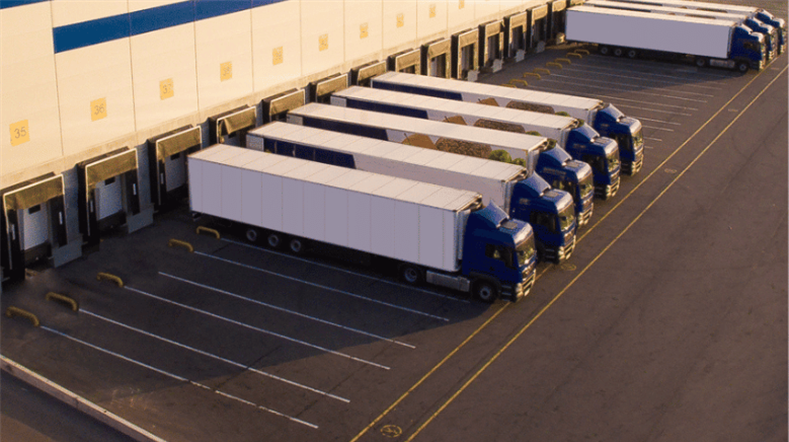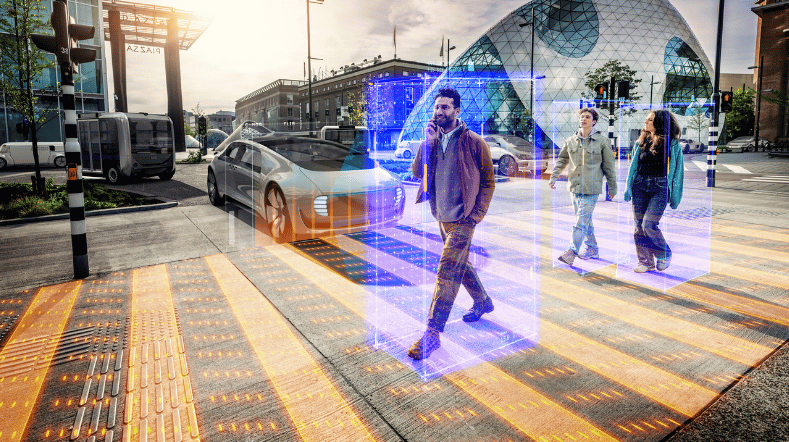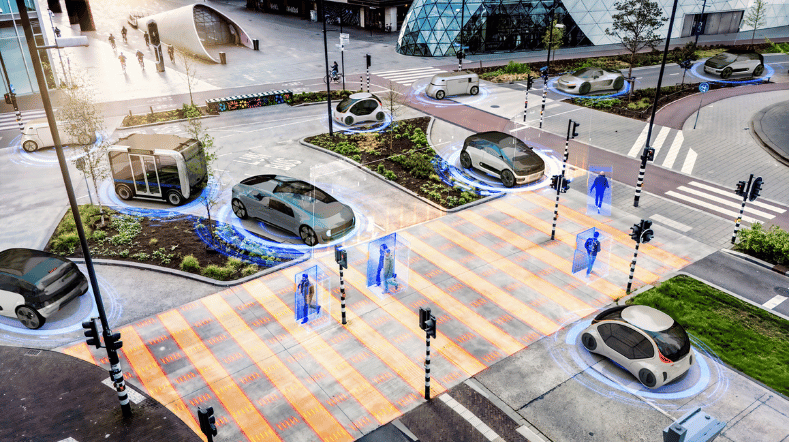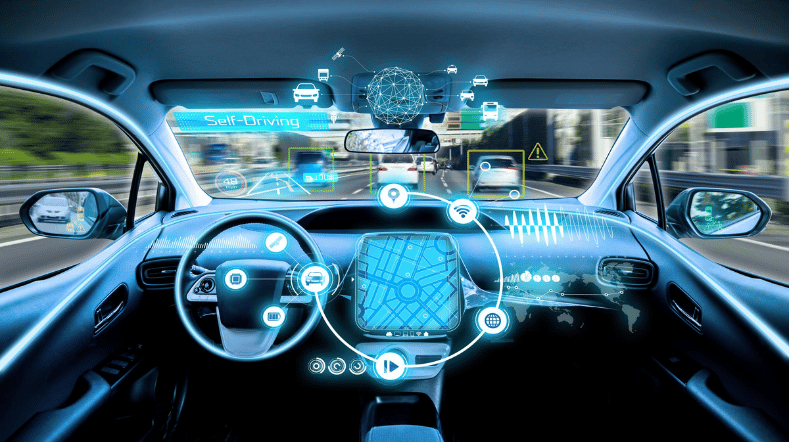
Safe AV-human interaction
People play an integral role in the context of automated driving and present unique challenges that require specific attention. While many safety considerations in automated driving focus on engineering aspects and address hardware and software failures that could lead to collisions, understanding human behaviour and interaction with automated vehicles (AV’s) is equally crucial.
Current challenges automated vehicles
Understanding and modelling human behaviour is crucial for predicting and assessing the safety of interactions between people and automated vehicles, both inside and outside the vehicle. In the context of co-drivership, the technology should be capable of estimating the driver's state. Additionally, in traffic situations, the vehicle needs to be able to understand and appropriately respond to other road users and pedestrians.
One of the significant challenges is the diversity of regulations and their interpretation; the definition of a 'competent and attentive driver' for example, allows for considerable room for interpretation.
A potential threat to the success of automated driving is motion sickness. In a self-driving car where drivers become passengers, motion sickness can greatly impact the overall comfort and usability of the vehicle. Furthermore, the expectation of passengers being able to engage in other activities during travel may be compromised.
Our vision on safe automated driving
For TNO safe automated driving is about more than avoiding accidents. Embracing a responsible and socially aware driving style significantly enhances safety. Since driving is a social activity influenced by technology, self-driving vehicles should adopt a driving demeanour that is acceptable to human road users.
Even with automation, humans remain partially engaged in driving, necessitating safe transitions of control. Drivers should comprehend the vehicle's capabilities, while the vehicle should also understand the driver's abilities.
To effectively address motion sickness with automated driving, we must understand the fundamentals so we can design vehicles that help prevent it.
TNO’s development of scientifically grounded methodologies for safety assessments provides a robust framework for evaluating automated driving technologies by vehicle manufacturers and for approval by regulatory authorities. Our holistic approach to safe automated driving draws upon our expertise in traffic dynamics, behavioural psychology, human physiology, and data science.
Our solutions
Safe & Social driving
At TNO, we prioritise safe and socially aware driving in automated vehicles. We leverage our knowledge of driver models and assessment methods to evaluate the roadmanship qualities of automated systems. To achieve the desired Safe & Social driving style resembling human behaviour, TNO is creating design guidelines. These guidelines, derived from diverse driving data sources, are translated into technical specifications for developing safe and socially acceptable automated driving systems.
Safe co-drivership and driver state monitoring
At TNO, we specialise in developing models for driver state estimation and situational awareness to ensure safe and comfortable interactions between automated vehicles and drivers. Additionally, we focus on creating algorithms that facilitate safe transitions of control and optimise driver interactions in various Operational Design Domains (ODDs).
Driving comfort and motion sickness
TNO has a long track record in motion sickness research and is working with industry partners to increase understanding and find concrete solutions to this problem in the development of self-driving vehicles. With on-road research and state-of-the-art motion simulators we have created models that the industry can use to understand and prevent motion sickness in automated vehicles.
Get inspired
Team Polar


Automated vehicle technology for yards


Safety assessment of automated driving


Automated vehicle technology for public roads


Integrated Vehicle Safety


